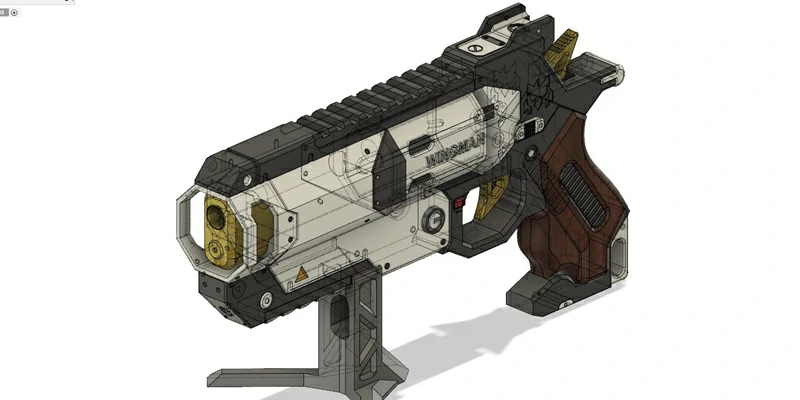How to Reduce the Cost of CNC Machined Parts Through Structural Design
Introduction:
CNC (Computer Numerical Control) machining is a popular manufacturing process used to create precise and complex parts. While it offers numerous advantages, such as high accuracy and repeatability, it can also be an expensive method due to the cost of materials and machine time. By employing smart structural design techniques, it is possible to reduce the overall cost of CNC machined parts without compromising their functionality or quality. This article will discuss several strategies that engineers can implement to achieve cost savings.
1. Simplify Design:
One effective way to reduce costs is to simplify the design of the part. This involves eliminating unnecessary features and reducing the number of components. By minimizing the complexity, it becomes easier and quicker to machine the part, resulting in reduced production time and lower costs. Additionally, a simpler design can reduce the amount of material required, further reducing material costs.
2. Minimize Material Waste:
To optimize cost savings, it is essential to minimize material waste during the machining process. By carefully considering the dimensions and tolerances, engineers can avoid excess material that needs to be removed, thereby reducing both material costs and machining time. Utilizing optimized nesting techniques can also help maximize material usage and minimize waste.
3. Choose Suitable Materials:
Material selection plays a crucial role in the cost of CNC machined parts. It is important to choose materials that meet the required specifications while being cost-effective. By exploring alternative materials with similar properties, engineers can often find options that provide equivalent performance at a lower cost. Additionally, considering the availability and market prices of different materials can further impact cost savings.
4. Optimize Part Orientation:
The orientation of the part during machining can significantly influence the cost. By strategically orienting the part, engineers can improve accessibility and reduce the amount of material and machining time required. For example, positioning the part to minimize the number of tool changes and complex setups can result in significant cost savings.
5. Implement Design for Manufacturability (DFM) principles:
Designing parts with manufacturability in mind can greatly reduce machining costs. By applying DFM principles, engineers can ensure that the part is easy to machine, minimizing the need for complex setups and specialized tooling. Incorporating standard tool sizes and avoiding tight tolerances that do not impact functionality can also contribute to cost reduction.
6. Utilize Standard Components:
Using standard components whenever possible can lead to substantial cost savings. Instead of designing custom features, incorporating readily available standardized parts can streamline the manufacturing process and reduce the overall cost. This approach also provides the advantage of improved availability and shorter lead times for replacements or modifications.
Conclusion:
Reducing the cost of CNC machined parts through structural design is achievable by implementing various strategies. Simplifying the design, minimizing material waste, selecting suitable materials, optimizing part orientation, and following DFM principles are all effective approaches to achieve cost savings. Additionally, utilizing standard components can further contribute to reducing costs. By carefully considering these factors during the design stage, engineers can create high-quality parts while keeping manufacturing expenses under control.
.webp)



